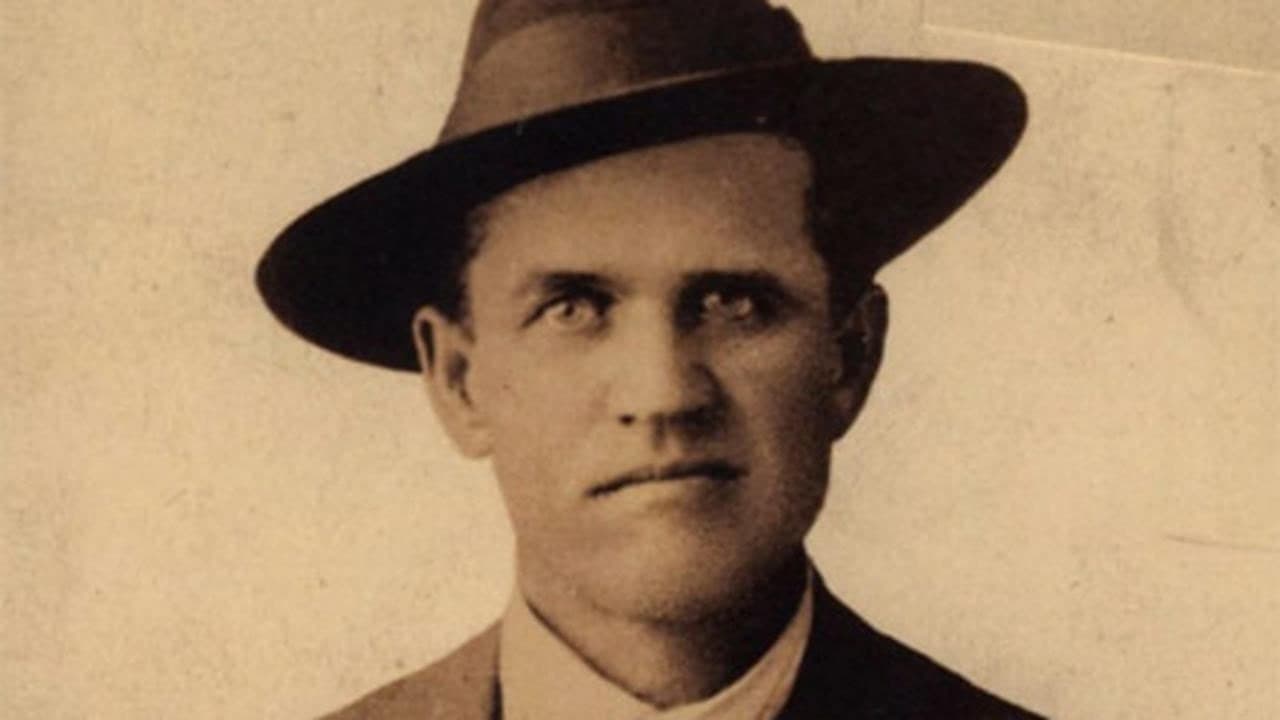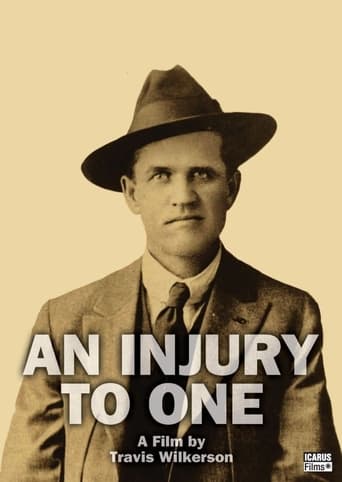

One of the best documentaries i have ever seen. Totally 99% for all the brave US occupiers. Saw it in a festival in Athens back in 2004 (i think that was the year) and still remember it. To me it was an introduction in early 20th century American labor history, for which i knew nothing about.Archival footage mixes with deftly deployed inter titles. The music is great as well. The lyrics to traditional mining songs are accompanied by music from William Oldham, Jim O'Rourke, and the band Low, producing an appropriately moody, effulgent, and strangely out-of-time soundtrack. The result is a unique film/video hybrid that combines painterly images, incisive writing, and a bold graphic sensibility to produce an articulate example of the aesthetic and political possibilities offered by filmmaking in the digital age. The way the film links the history of the mine with the present environmental nightmare in the area is charismatic.Since then i am a William Oldham fan as well...I will try to purchase the DVD now, off i go...(https://www.facebook.com/georgia.mylonaki)
... View MoreAlthough not the best film I've ever seen, scarcely could one call it a dud. If one truly has an appreciation for avant-garde aesthetic, the film is a treat. Most of what Wilkerson presents can be corroborated in the bibliography on the Wobblies. However, in the case of Wilkerson's film, the aesthetic approach is very intriguing when compared to straightforward historiographic accounts, and thus, most welcome. It is representative of WWI working class life in the mines (focusing more on corporate espionage) and the collusion of corporations and the state in suppressing social justice. The leftist discourse in the film is drawn directly from the IWW personal journals, diaries and local newspapers, not Wilkerson himself.
... View MoreI finally saw this documentary last night at a local radical bookstore. I had read a fairly glowing review of it by J. Hoberman in the "Village Voice" about a year or so ago and had been curious to see it. Turned out to be a real dud. It was essentially an art school project. And it showed it in spades. It was ponderous, pretentious and preachy (please excuse the alliteration). The thinness of the material and the fact that the filmmaker was trying so hard to make the murder of Frank Little to be so very representative and monumental only showed how lazy he was in doing his homework. And the filmmaker had the unmitigated gall to slowly display the lyrics to 4 different labor songs, one word at a time. Total arrogant crap. And you wonder why the Left has lost so much credibility. This documentary made me very curious about many of the other details of the labor situation in Butte, Montana, at the time of the Little's murder. Personal journals, diaries and papers published by the workers themselves would probably be good source material. That would give me more of a feel for the everyday life of these people, not the fact that Frank Little made a brief appearance in their midst, stirred them up and was then summarily executed by the powers-that-be for his trouble.
... View MoreThis documentary about the miners and capitalists of Butte, Montana, is pretty good, considering it's part of someone's dissertation. Comprised mostly of lingering landscapes, stills, and narration, the film details the efforts of IWW activist Frank Little to organize the workers of Butte in 1917. The film also takes some surprising diversions regarding novelist Dashiell Hammett and McCarthyism and ends with a brief update on the dire condition of Butte and its environs in the twenty-first century. Though imperfect--the deadpan narration is a little too self-important, the utilization of Butte mining songs disengaging, and some camera shots tend to linger several seconds too long at times--this is a fascinating document of a little known period of American history. The soundtrack, provided by artists such as Low, Dirty Three, and Will Oldham, is particularly noteworthy.
... View More